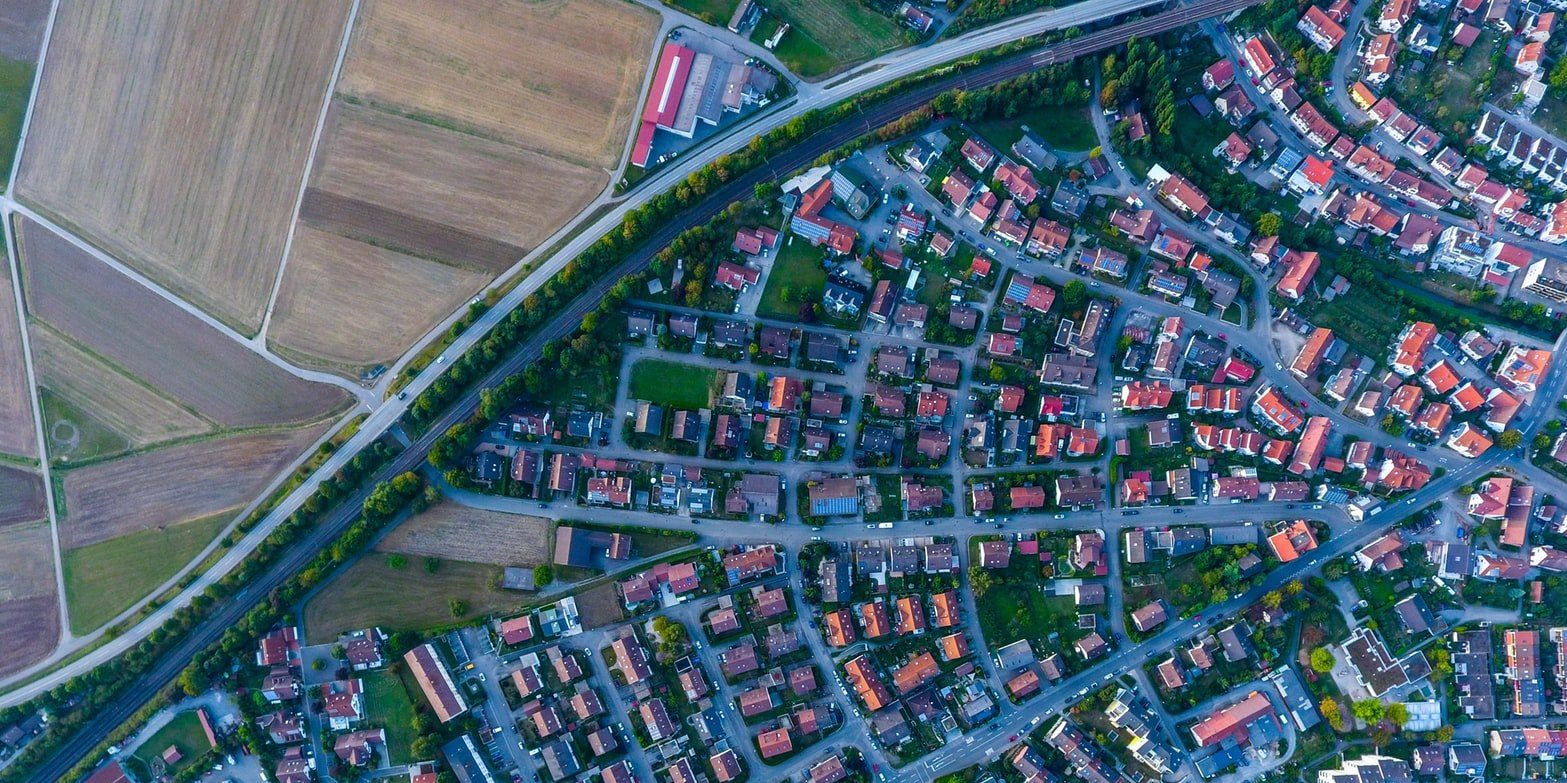
Issue 3 Editorial – “Place”
In Issue 3, we found ourselves drawn to pieces from authors that reflected ‘place’ in all senses of the word. ‘Place’ can indicate anything from geography, to culture, to language, to emotion, and we found a wide spectrum of all these place-related understandings reflected in this issue of Cicerone Journal.
Indeed, writing about place is an enduring and powerful form of writing, evoking strong emotion and memory – and this has certainly been the case with the submissions selected for publication here. It was a pleasure to see this compelling theme coming through.
For example, visceral depictions of the Australian landscape like Brianna Udovisi’s ‘Land of Smoke and Ash’ and more ghostly images of cities such as in Fiona McIlroy’s ‘Return to Canberra’ work to question our own relationship with the landscape that surrounds us. This landscape might be one that is simultaneously eerie in its “reptilian hills” and frighteningly familiar in its “burnt fields of cotton”. Given the events of recent weeks and months, Brianna’s sharp and clear images of the Australian fire season feel more pertinent than ever.
More intimate and domestic notions of place are explored in poems by Debbie Lee, Anita Patel and Luke Bartolo. These poems transform the ordinary into evocative, complex signifiers – effectively “Making all of these things, all of this stuff, / so much harder to discard than / I would ever have believed.”
Nevertheless, place is not merely a physical space or a physical construct: there are imagined places too. Cindy Mititelu’s thought-provoking and atmospheric piece ‘DISHONOUR. (Hang Them Up And Bring Them Down)’ explores the complex interactions between history, art, imagination, and identity. Chloë Manning’s short story ‘Eye of the Storm’ imagines expanded empathy and shared mental spaces. Isha Bae and Katika’s ‘Reflections on working in Art and Trauma’ likewise recounts the very real experiences of those for whom art and self-expression allows for an exploration of reimagined place.
There are other pieces in this issue, meanwhile, which reflect an uncertainty of place; its fragility and history and afterimage. Pieces such as Tara Willoughby’s ‘Persistent Organic Pollutants’ highlight just how much the places around us are in flux, as well as how much we shape the places around us and are, in turn, shaped by our past actions.
Heritage, culture, and inheritance are also places – and ones that may be fragile and uncertain in their own ways. Michaela Keeble’s ‘when we are fishing’ explores the complexities of teaching culture and finding a sense of belonging. Amy Lee’s poems, meanwhile, explore loss and the disjointedness that can come of leaving a place, prompting a question in the reader: when one goes “to a faraway place”, is it ever possible to truly find one’s way back?
Our pull towards pieces which reflected a sense of place in our choices for Issue 3 may suggest our own expanding understanding of our place in the ecology of literary publications out there, in Australia and more broadly. We have begun to understand more about the questions and qualities underpinning Cicerone Journal, as well as the kind of imaginary landscape that our journal wishes to inhabit and shape.
The pieces in Issue 3 have shown us places which have been, which are, and which may or may not come to be. It was the promise of this which inspired us to create Cicerone Journal. We thank all contributors for showing us these places and for helping us understand them a little better.
